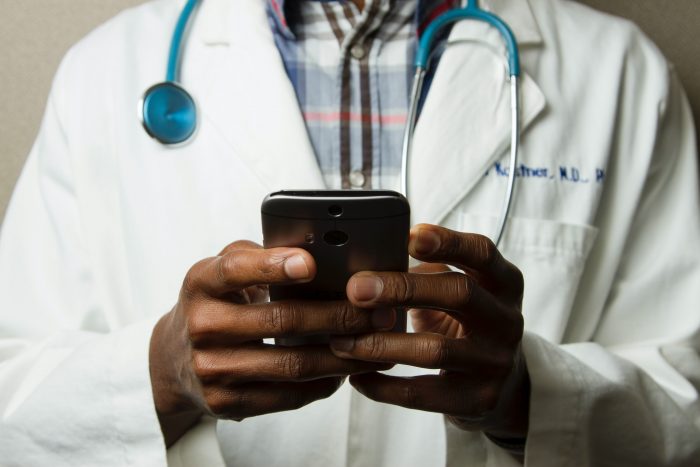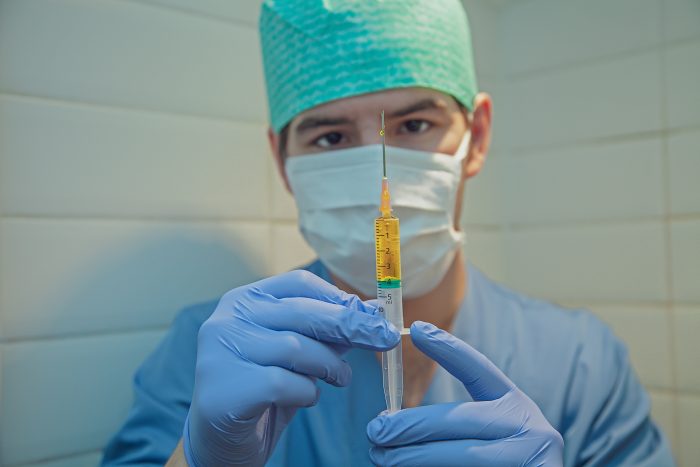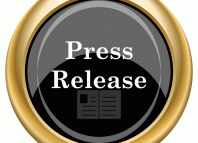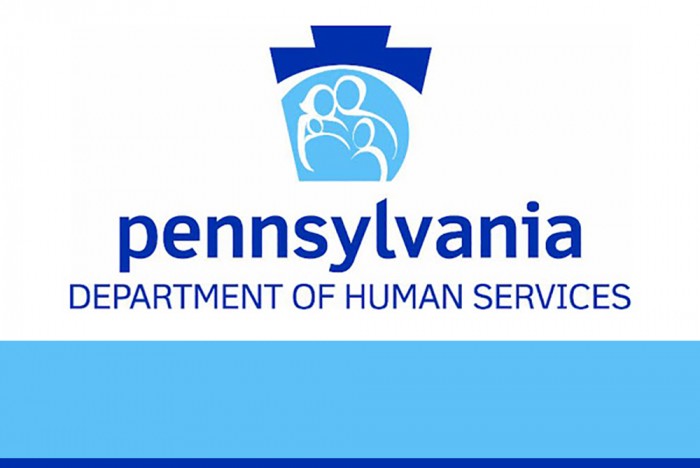HHS Announces Investment in National 988 Dialing
American Rescue Plan Funding Will Support State Efforts to Transform Suicide and Mental Health Crisis Care
| Today the Department of Health and Human Services, through its Substance Abuse and Mental Health Services Administration (SAMHSA), will make critical investments in suicide prevention and crisis care services, announcing $282 million to help transition the National Suicide Prevention Lifeline from its current 10-digit number to a three-digit dialing code – 988.
In 2020, Congress designated the new 988 dialing code to be operated through the existing National Suicide Prevention Lifeline. Converting to this easy-to-remember, three-digit number will strengthen and expand the existing Lifeline network, providing the public with easier access to life-saving services. The Lifeline currently helps thousands of people overcome crisis situations every day. The 988 dialing code will be available nationally for call, text, or chat beginning in July 2022. Standing up the 988 dialing code is a key part of the Biden-Harris Administration’s focus on ensuring that those in crisis have someone to call, someone to respond, and somewhere to go. The 988 code is a first step toward transforming crisis care in this country, creating a universal entry point to needed crisis services in line with access to other emergency medical services. With funds from the Biden-Harris Administration’s Fiscal Year (FY) 2022 budget and additional funds from the American Rescue Plan, SAMHSA’s $282 million investment will support 988 efforts across the country to shore up, scale up, and staff up, including:
“As we continue to confront the impact of the pandemic, investing in this critical tool is key to protecting the health and wellbeing of countless Americans – and saving lives. Giving the states a tool to prevent suicide and support people in crisis is essential to our HHS mission of protecting the health and wellbeing of everyone in our nation,” said HHS Secretary Xavier Becerra. “We know that remembering a three-digit number beats a ten-digit number any day, particularly in times of crisis, and I encourage every state to rev up planning to implement 988 for the sake of saving lives.” To support the initial transition to 988, SAMHSA’s investment represents a budget increase of more than 10 times the FY 2021 budget amount of $24 million. A large portion of FY 2022 funding will be distributed to crisis centers across the country. “This investment in states’ crisis call center operations will help strengthen our partnership as SAMHSA works with states to meet the suicide prevention and behavioral health needs of people across our nation,” said Miriam Delphin-Rittmon, Ph.D., the HHS Assistant Secretary for Mental Health and Substance Use and the leader of SAMHSA. “Transformation of this scale is never easy – but too many Americans are experiencing suicide and mental health crises without the support and care they need. The federal government cannot do this alone.” Suicide is the second-leading cause of death among young people and was the tenth-leading cause of death in the nation in 2019, according to U.S. Centers for Disease Control and Prevention data. In 2019, one death by suicide happened almost every 11 minutes in the US. More recently, SAMHSA’s 2020 National Survey on Drug Use and Health (NSDUH) data show 4.9 percent of adults aged 18 or older had serious thoughts of suicide, 1.3 percent made a suicide plan, and 0.5 percent attempted suicide in the past year. Among adolescents 12 to 17, 12 percent had serious thoughts of suicide, 5.3 percent made a suicide plan, and 2.5 percent attempted suicide in the past year. The findings vary by race and ethnicity, with people of mixed ethnicity reporting higher rates of serious thoughts of suicide. |
21st Century Jobs – What COVID-19 Has Done to the Workforce: Webinar Materials
Jeannine Pavlak of New England Business Associates presented a webinar on 12-16-21 to RCPA members. The recording is available on the RCPA website, as is the PowerPoint presentation.
Courts Lift Nationwide Suspension of Vaccine Mandate
Enterprise Case Management System Website Announcement
Project Goal: To improve service delivery and processes for DHS’ clients, DHS staff, and business partners
The Pennsylvania Department of Human Services (PA DHS) is launching a website to share information about the ECM system up to and beyond implementation. The website is intended to communicate key information of the services provided to participants and families through multiple DHS program offices, regardless of the human services program or county providing the service.
The ECM website can be accessed here.
ECM will replace several legacy systems across program offices through the implementation of one common solution. By means of this website, users can get acclimated with all ECM subsystems and their functions. The primary pages and a brief synopsis are as follows:
- About ECM: An overview of ECM, its timelines, goals and objectives, benefits, scope, and project governance structure.
- Stakeholder: An overview of the participants who benefit from ECM. This will include links to the subpages for the different stakeholder groups, including the Program Areas, County Organizations, Hearings and Appeals, Providers, Service/Support Coordinators, Administrative Entities and Those we Serve.
- Development: Description of the scope of the project, the technology used, methods used to implement and operate the future ECM, and the phases of the project. The development and maintenance of the ECM system will follow a hybrid-agile system methodology which will be described in more detail within this area of the website. System development involves the process of producing and sustaining an information technology system. It covers technology, people, and processes.
- Change and Training: Information about the system including training materials, user guides, and schedules. It is key that the stakeholders and those we serve are supported throughout the entire project process.
- News: Communications such as press releases, news coverage, and announcements.
- ECM FAQs: Frequently Asked Questions that cover various topics like general information, the timeline for the project, implementation process, and trainings.
We hope that you will refer to the website often as more information is posted while PA DHS and its partners prepare for the initial launch.
Lack of Telehealth Law in Pennsylvania a Major Headache for Patients Who Need It Most

January Statewide Positive Practices & Approaches Meeting — January 13, 2022
FDA Authorizes Pfizer-BioNTech Coronavirus Vaccine Booster Shots for 16- and 17-Year-Olds

Senate Issues Rebuke of Biden’s Workplace Vaccine Mandate
ODP and OMHSAS’s Positive Approaches Journal Volume 10, Issue 3 Now Available!
Beyond Silos: Highlighting Multisystem Approachesin Pennsylvania
The Commonwealth of Pennsylvania has been at the forefront of developing programs and initiatives that work to meet the support and service needs of individuals with complex needs. This issue of Positive Approaches features a sample of cross-office efforts that enable individuals to succeed in their everyday lives. This issue will focus on ways that Pennsylvania has endeavored to better understand and meet the needs of people with complex needs including children with medical complexities and/or behavioral health needs. We offer an overview of cross office capacity building efforts supported in part by the Money Follows the Person (MFP) funds. Finally, this issue will provide overviews of peer support services as a viable support model and of PA Care Partnership philosophy of System of Care (SOC) as a foundation to build behavioral health supports and services for children, youth, young adults, and their families. These efforts here in Pennsylvania are worthy of highlighting as we strive to get better at supporting individuals with intellectual disability and/or autism (ID/A) and individuals with mental health conditions in Pennsylvania.
This issue of Positive Approaches Journal is in digital form, available for viewing online or for downloading. To print a copy of the PDF, online journal, or a specific article, you will find these options within your left navigation bar on any Positive Approaches Journal page. A new window will open with your selected document. In your browser, you may click the Print button in the top left corner of the page or use the Print capability within your browser.
Please submit feedback regarding your experience with the Positive Approaches Journal on MyODP by clicking the image below within this email or by clicking on the feedback image on MyODP within your left navigation bar on any Positive Approaches Journal page.
















